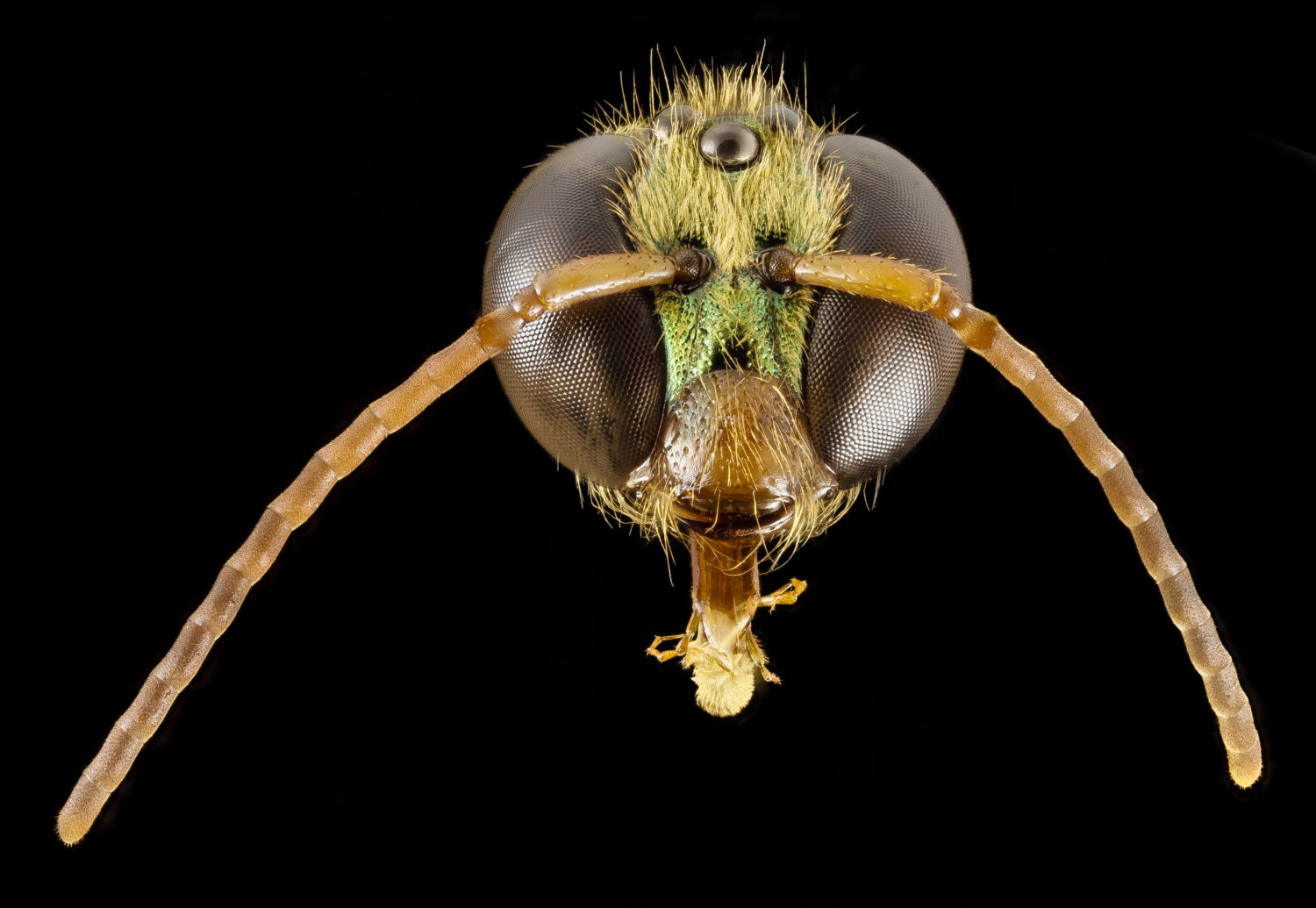 A few months ago I found myself south of the border working on a story for Scientific American about the glories of really small brains. When I say south of the border, I mean south of the Mexican border and when I say small brains I mean really really small brains. Like those of a wasp whose whole body is smaller than a single-celled paramecium.
A few months ago I found myself south of the border working on a story for Scientific American about the glories of really small brains. When I say south of the border, I mean south of the Mexican border and when I say small brains I mean really really small brains. Like those of a wasp whose whole body is smaller than a single-celled paramecium.
Just let that thought tumble around in your head for a second.
Kind of amazing right? I also learned about two relatively similar species of spider who are so different in size, putting them next to each other would be like a normal man standing next to a giant 250 miles tall.
Tumble that one for a second too. It’s okay, I’ll wait.
My guides in this amazing world of miniaturization were William Wcislo and William Eberhard* at the Smithsonian Tropical Research Institute in Panama City. Both are excellent scientists and their facilities were second to none (Wcislo got money from a Silicon Valley entrepreneur to do some truly cutting edge science involving photons and bee navigation).
Which, I have to say, kind of surprised me. After all, when I think about the words “tropical” and research” I think of either some northern researcher venturing into the jungle for a few weeks or a second rate facility neglected by a corrupt government. I couldn’t have been more wrong and the Williams were more than happy to set me straight. Continue reading
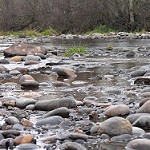



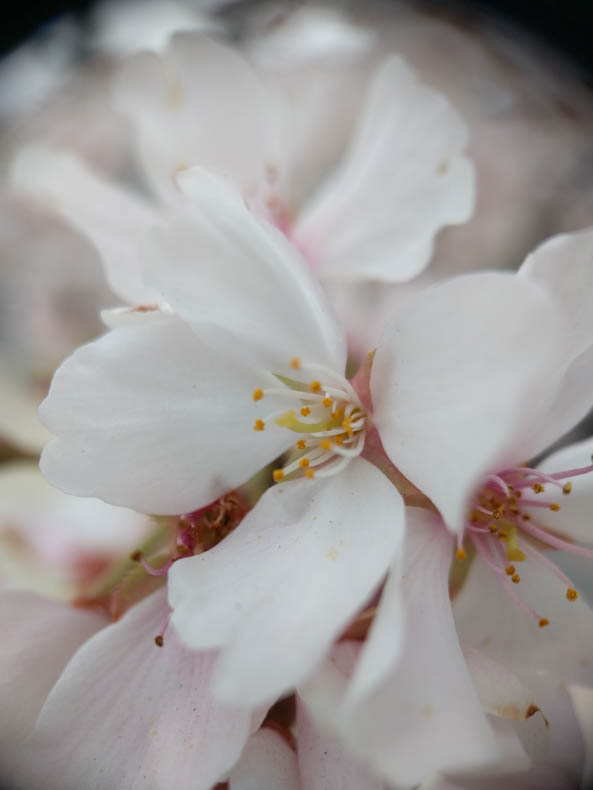

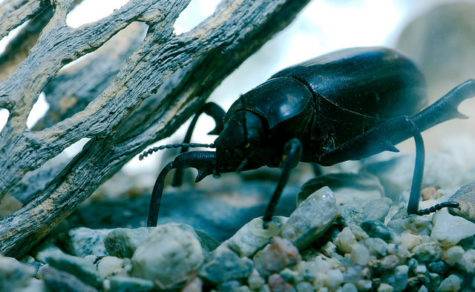 It was a standoff in my own living room. The stranger and I faced each other, both completely still. I could almost hear
It was a standoff in my own living room. The stranger and I faced each other, both completely still. I could almost hear 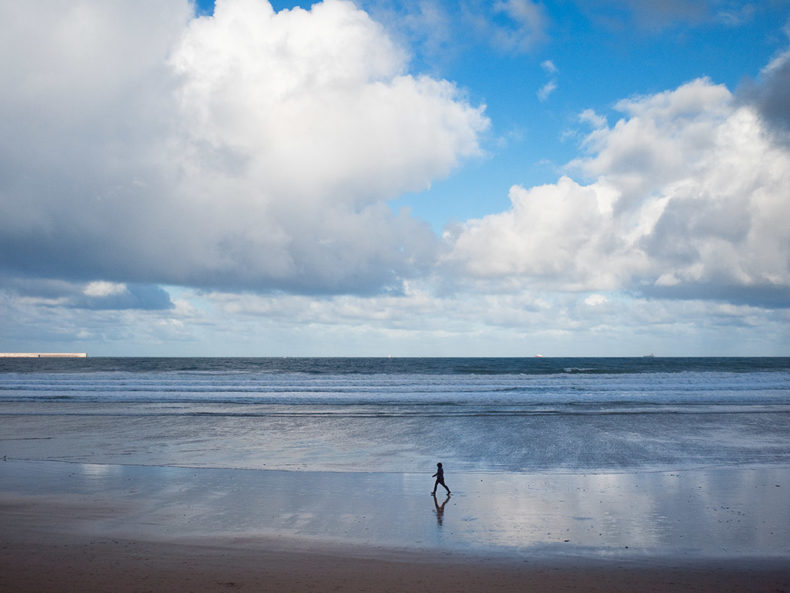
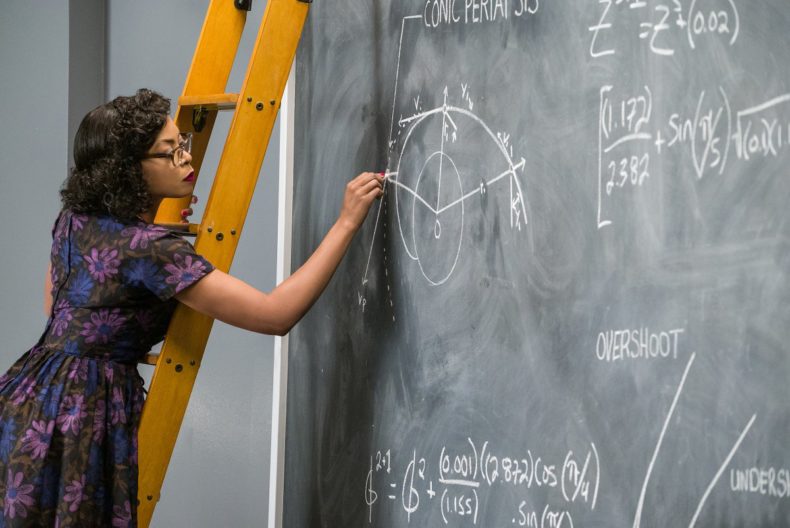 Let’s be real: Watching someone doing math is only slightly more exciting than watching metal corrode. That may be why we’ve never seen a naturalistic depiction of math in the movies; such a snoozer would show someone hunched over a desk or a computer for hours, maybe with a few coffee refills and bathroom breaks. Math is such a mental sport that its dramas, its twists and surprises, its gradual build to Unassailable Truth, are usually locked between the eyes and the fingertips.
Let’s be real: Watching someone doing math is only slightly more exciting than watching metal corrode. That may be why we’ve never seen a naturalistic depiction of math in the movies; such a snoozer would show someone hunched over a desk or a computer for hours, maybe with a few coffee refills and bathroom breaks. Math is such a mental sport that its dramas, its twists and surprises, its gradual build to Unassailable Truth, are usually locked between the eyes and the fingertips.